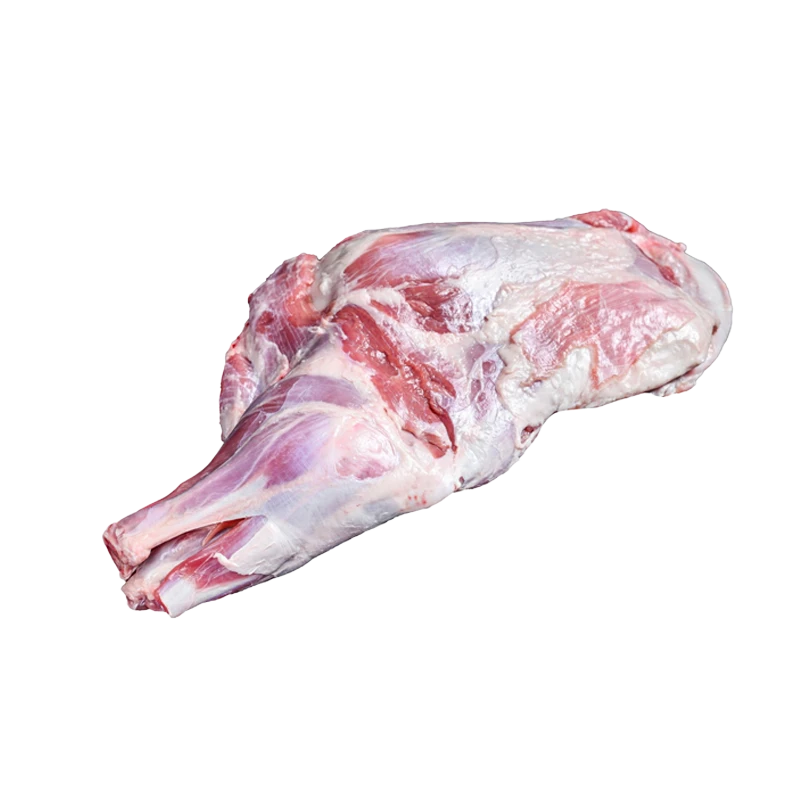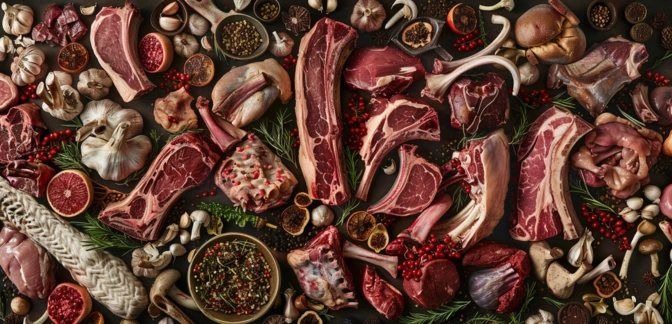Lamb Shoulder — Nutrients, Health Benefits, And Shopping Tips

Written by Listonic Team
Last update on September 4, 2024
Nutrition facts
Nutrition facts
Amount per 100 g
Calories
🔥 237 kcal
| Nutrition per: 100 g | Value | % Daily Value* |
|---|---|---|
| Carbs | 0 g | - |
| Fiber | 0 g | - |
| Sugars | 0 g | - |
| Glycemic Index | 0 | - |
| Protein | 20 g | 40% |
| Sodium | 72 mg | 3.13% |
| Total Fat | 17 g | 21.79% |
*The % of Daily Value (DV) tells you how much a nutrient in a serving of food contributes to a daily diet. 2,000 calories a day is used for general nutrition advice.
20 g
🧀 Good Protein Content
Did you know?
Health benefits
- High in protein, essential for muscle growth, repair, and overall body function.
- Rich in essential vitamins and minerals such as Vitamin B12, zinc, iron, and selenium, which support energy metabolism, immune function, and overall health.
- Contains healthy fats, providing energy and supporting cell function.
- Flavorful and versatile, making it suitable for a variety of dishes and cooking methods.
Health risks
- High fat content particularly in the shoulder cut, which can raise cholesterol levels and increase the risk of heart disease when consumed frequently.
- High calorie content which can contribute to weight gain if consumed in large quantities or as part of a calorie-dense meal.
- Risk of contamination with harmful bacteria such as Salmonella or E. coli, particularly if the lamb shoulder is not properly cooked to a safe internal temperature.
- Potential for high sodium content in processed or seasoned lamb shoulder products, which can contribute to hypertension and increased cardiovascular risks.
How to choose lamb shoulder
Lamb shoulder should be well-marbled with fat, which keeps it moist during cooking. The meat should be pinkish-red with a smooth texture. The surface should be firm to the touch, indicating freshness.
Steer clear of lamb shoulder that has a slimy texture or a strong, unpleasant odor, as these are signs it is not fresh. Quality lamb shoulder will cook up tender and flavorful, ideal for a variety of dishes.

How to store lamb shoulder
Lamb shoulder should be kept in the refrigerator until ready to use. Keeping it in its original packaging or an airtight container helps maintain its freshness. Properly stored, lamb shoulder remains a flavorful cut for roasting or braising.
Leaving lamb shoulder at room temperature can lead to spoilage. Refreezing after thawing is not recommended as it can affect the meat's quality. Maintaining a cold environment ensures the lamb shoulder retains its taste and texture.
✅ Extra Tip
How long does it last?
Lamb shoulder can last for 1-2 days in the refrigerator. For longer storage, lamb shoulder can be frozen for up to 6-9 months. Proper packaging, such as vacuum-sealing, helps maintain its quality over longer storage periods.
What to do with leftovers?
Leftover lamb shoulder can be used in a variety of savory and comforting dishes. Shred the tender meat and add it to sandwiches, wraps, or pitas with fresh vegetables and sauces. Lamb shoulder is also great when added to pasta dishes, such as a lamb ragu with tomatoes and red wine.
Use lamb shoulder in a casserole with root vegetables, potatoes, and herbs, or mix it into a stew or soup for added flavor and richness. If you have a lot of lamb shoulder, consider making a batch of lamb tacos with a tangy slaw and salsa, or using the meat in a lamb curry with coconut milk and spices. Lamb shoulder can also be served with a side of roasted vegetables or used as a filling for savory pies. For a quick snack, reheat the lamb shoulder and serve it with flatbread and a dipping sauce, or add it to a grain bowl with quinoa and roasted vegetables.
👨⚕️️ Medical disclaimer
Discover products from other categories
Listonic Team
Fact-checked
Our editorial team checked this article to make sure it was accurate at the time of publishing it.
Get the top-rated shopping list app on your phone!







